 I don’t know about you, but my definition of plot has changed since I first started writing.
I don’t know about you, but my definition of plot has changed since I first started writing.
When I was a new writer making my first foray into the world of novels, my idea of plot was very vague. I thought a plot was just all the stuff that happened in a story. String together a bunch a exciting scenes and BAM, plot. But in reality, it’s a little more complex than that.
You see, you can’t just mash a bunch of random events together and call it a story, no matter how epic they may be. Your story will lack direction and focus, and it won’t be much of a story at all. You need some sort of order, some sort of structure.
“But what if I’m a pantser,” you argue. “We don’t like structure!”
I know the word “structure” is enough to make most writers run away screaming with arms flailing. But it doesn’t matter whether you’re a plotter who plans the story in advance or a panster who writes it on the fly. Once you have a finished product, you will have to structure it in some way so that it creates meaning for the reader.
Allow me to elaborate. Let’s say you have a story about a kick-ass rebel heroine traveling around the universe hunting aliens and blowing them to bits with her laser gun. There’s lots of fights, chases, alien guts, and heck, let’s throw a cute love interest in there too. It’s exciting, adrenaline pumping, and…completely flat.
Sure there’s a bunch of stuff happening, but there’s no plot. There’s no meaning to unify the events that occur. Why is she running around space killing aliens? What is she trying to accomplish? If there’s no point, there’s no plot.
I love how Lisa Cron defines plot in her book Wired for Story as, “the events that relentlessly force the protagonist to deal with her [internal] issue as she pursues her goal.“
Read that again. Let it sink it.
Right there, we have the 4 elements crucial for structuring a plot:
- The heroine’s goal (what she wants)
- The heroine’s issue (the internal conflict that’s keeping her from her goal)
- Obstacles in the heroine’s path (the external conflict that’s keeping her from her goal)
- The results of dealing with her internal issue (change)
Let’s go back to our alien assassin. Let’s say her parents were murdered by aliens, so she joins a special task force that hunts down rogue aliens throughout the galaxy in the hopes of finding and killing the ones who murdered her family (goal). Because of her bad experience, she’s become prejudiced toward non-human species (internal issue) even though the task force is a mix of humans and aliens.
When she’s assigned a case that might be her parent’s killers she’s eager to go…until she learns her partner (and love interest) is a non-human. They’ll have to learn to work together to hunt down the aliens (external obstacles) and get justice for her parents. Along the way, she’ll have to learn how to overcome her prejudice (change).
Now we have a plot. Our heroine will set off on a mission to seek justice for her parents’ killers, but must overcome her prejudice against aliens in order to accept her partner’s help. All of the exciting things that happen along the way–chases, shoot-outs, skirmishes–should be obstacles that make it harder for her to get what she wants, or force her to confront that internal issue. And, bonus, her internal issue will serve as even more conflict when she begins to fall for her partner.
So, what am I trying to get at here?
I want you to realize that nothing in your story should be random, or just there for the sake of action or excitement. Every scene in your story should work to create meaning, to serve a purpose. When we view our stories through the lens of these 4 elements (goal, internal issue, obstacles, and change), we can narrow our focus and create a story that resonates and stays with readers because it has a point.
This is because story isn’t simply about exciting stuff that happens to someone. A story is about someone who wants something, sets out to obtain it, is faced with obstacles, and changes along the way. Do you know what the point of your story is?
How do you look at plot? Let me know below!










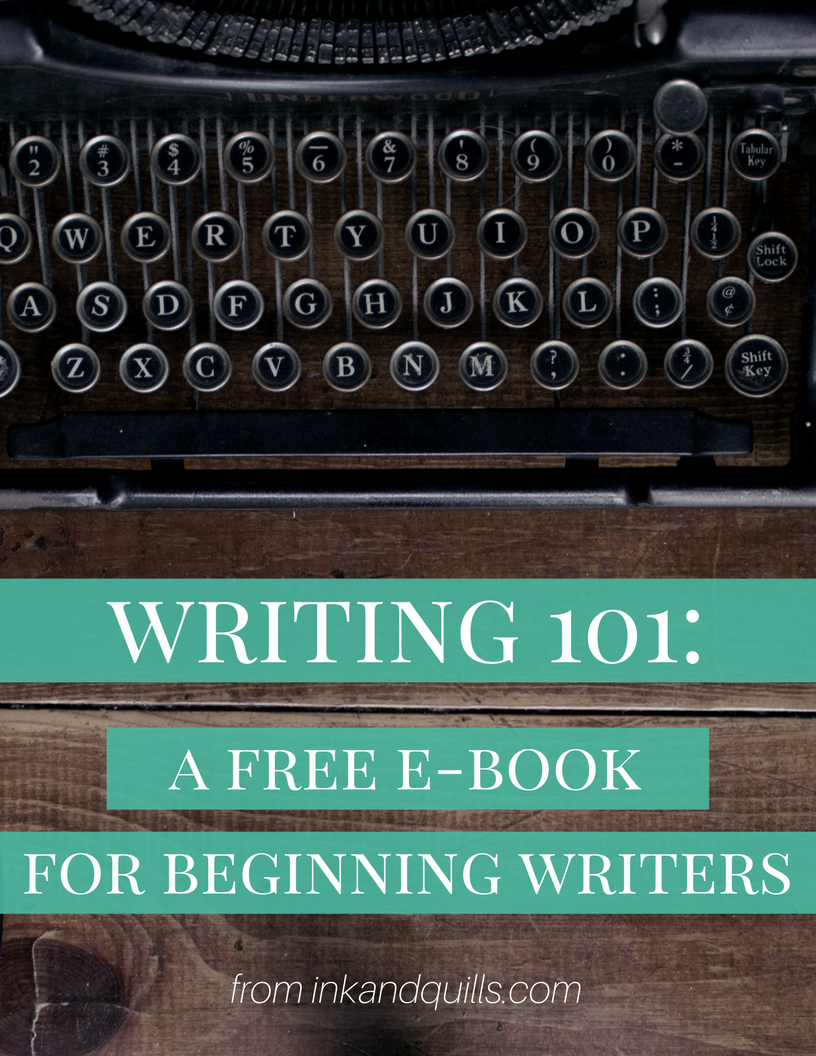

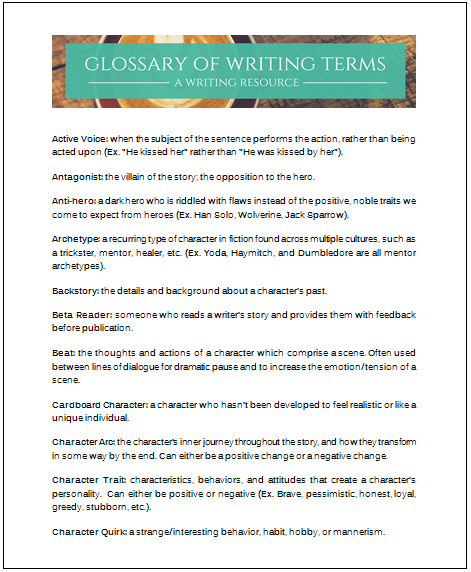

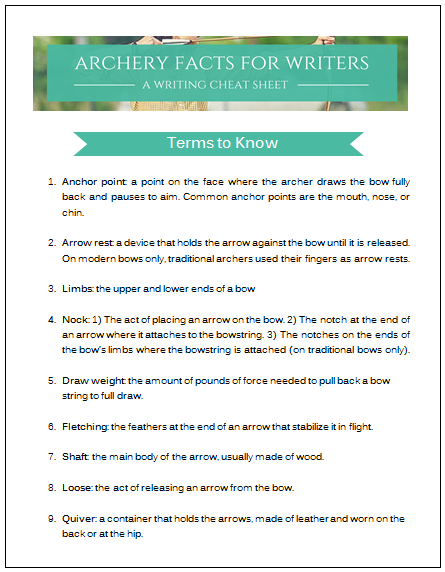



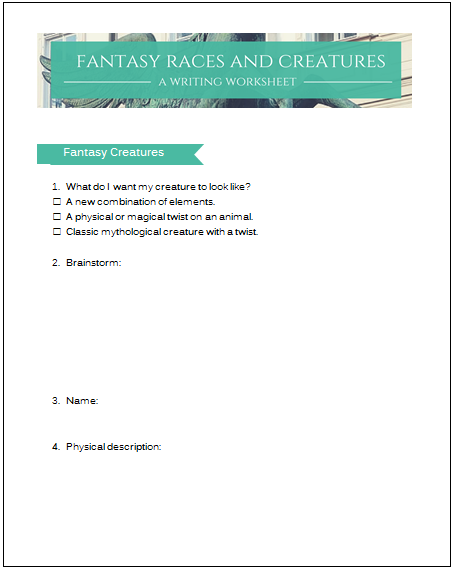


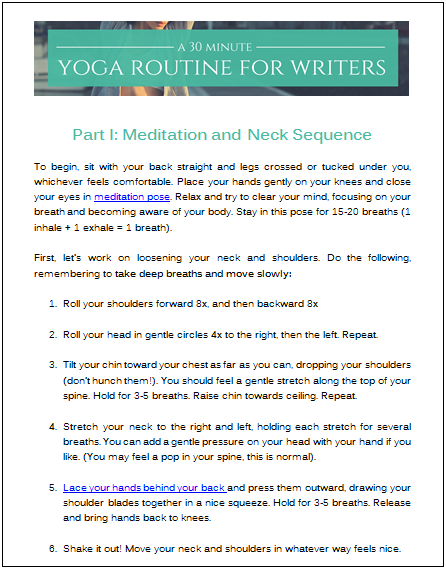
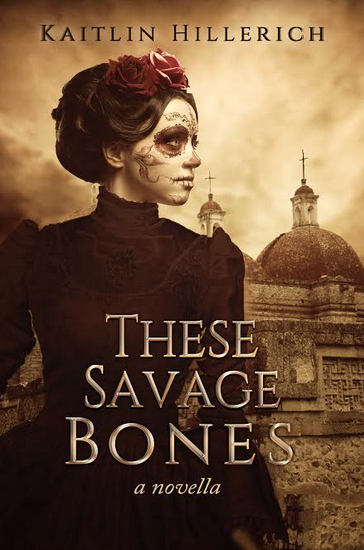
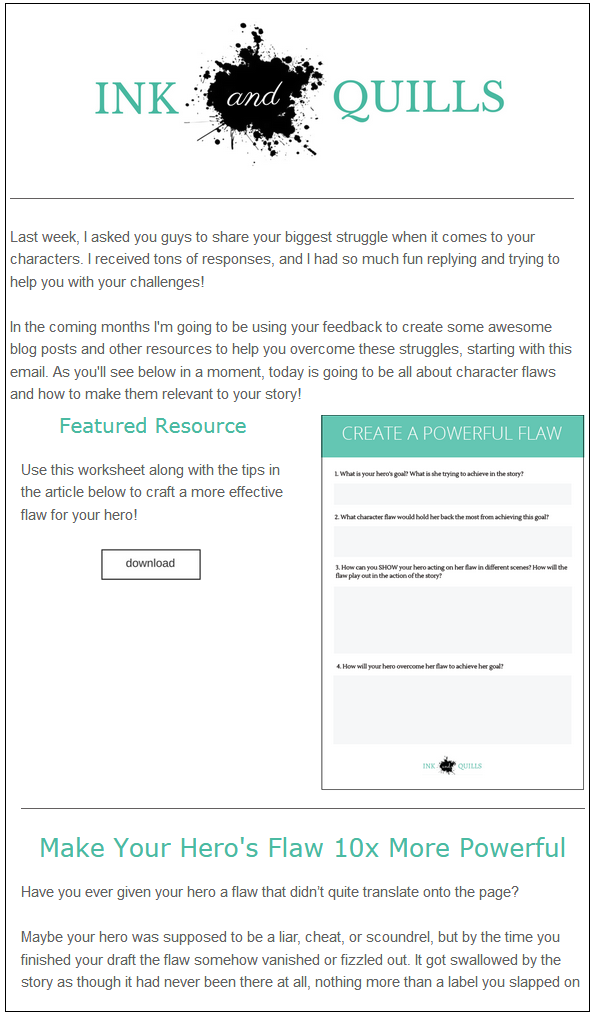
This is SO helpful. I’m trying to stop pantsing everything and plot, but a) I suck at ideas and b) I don’t know how to make ideas = plot.
This broke it down a bit more – especially the bit about INTERNAL conflict, which is what I find the hardest!
I’m glad you found it helpful, Stefanie! Internal conflict is hard but so essential, otherwise the story will be flat and lifeless. The internal is what helps give meaning to the external events. It’s definitely not my strong point either lol. I have to really work at it and make a conscious effort.
I think the more you practice creating ideas and shaping them into a story, the better you get at it. If you write better pantsing you can still pants most of a novel, but having some idea of where your going and knowing the goal + internal conflict helps keep you on track. Then you can pants the obstacles 😉
THAT QUOTE. I reread it several times before you even told me to…and then I reread it again. It was mind-blowingly poignant, and I love how you expanded it to really break down what plot truly is. Thanks for another amazing post, Kaitlin! Love this 😀
Thanks so much, Kristen! I’m glad you found my random alien assassin break down helpful 😉 Isn’t that quote fantastic?! So much in such a simple sentence. That whole book is amazing, I highly recommend it!
Kaitlin this had made me realise I need to rethink my entire story. You’re definitely turning me into a plotter with every post! I’m going to have to add this into my outlining steps now! I’m sort of combining a few things together. Also you’re going to write that alien story right? Because it sounds epic. Love from England xoxo
Haha yesss I’ll make a plotter out of you yet >:) I swear it really does save you so much time and trouble! Sadly, I can’t promise anything with the alien story since for some odd reason writing sci-fi really intimidates me…lol. Thanks for stopping by, Rhianne! <3
I really enjoyed reading this! I’ve been having trouble with plots. I know what I want to write and how I want the book to end but its the in-between things I have to work out! I love your blog, thanks for sharing!
Is it okay for a plot to not be introduced in the first chapter? Just so the reason for that specific plot is revealed, kind of like a back story.
Yes, it’s okay to take a while to set up and introduce your plot, some stories will need that. Just make sure that the events in the first chapter are pushing your hero toward the overall plot and things are moving in that direction. For example, in the first Harry Potter book Rowling takes a couple chapters to set up Harry leaving for Hogwarts, which is when the story really starts to happen. But in those chapters everything is still moving towards that event and not random. Hope that makes sense!